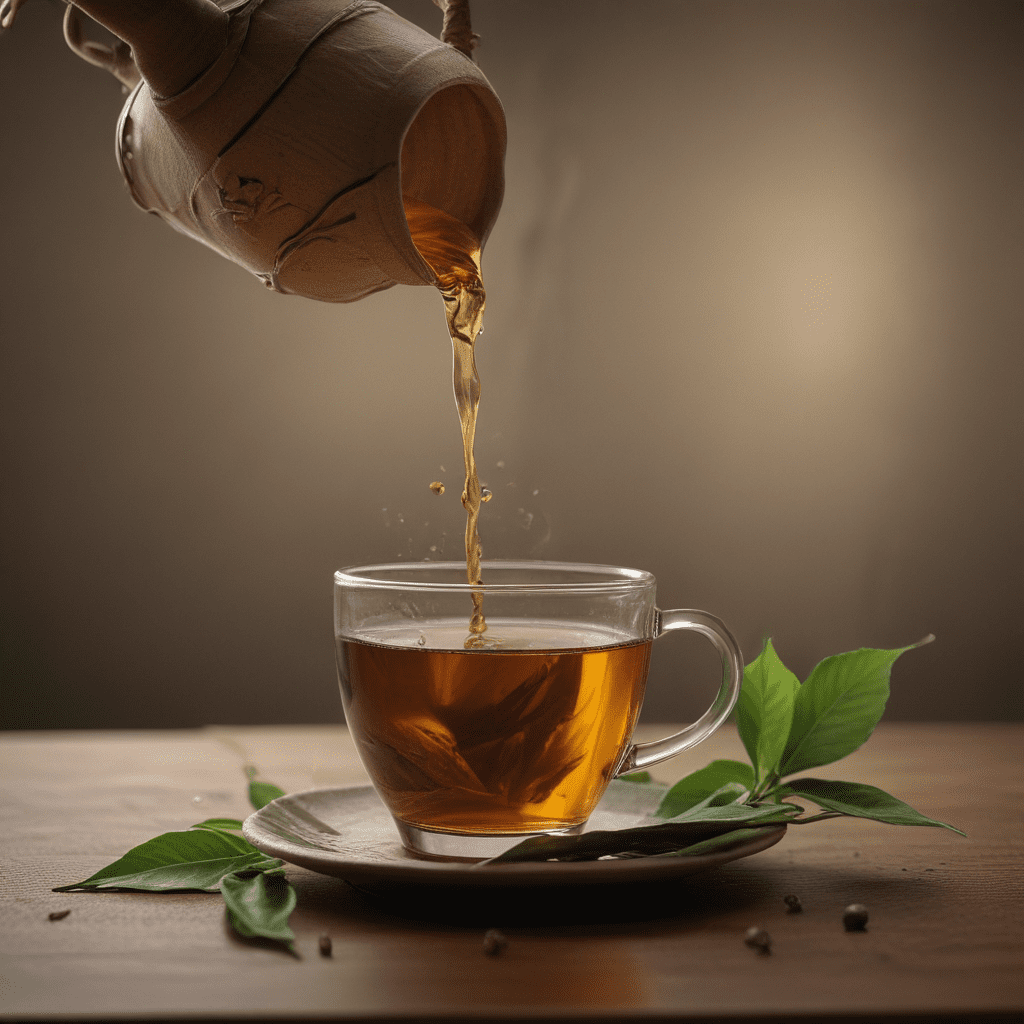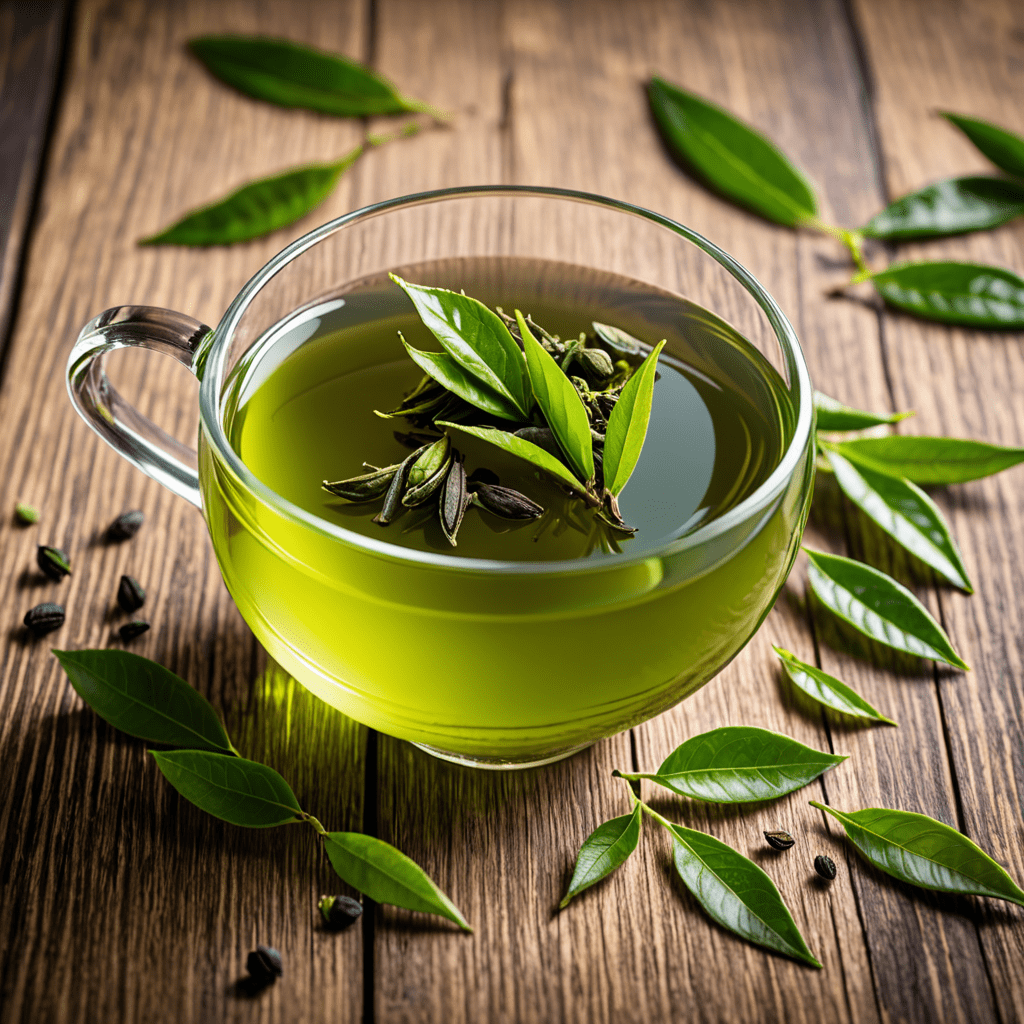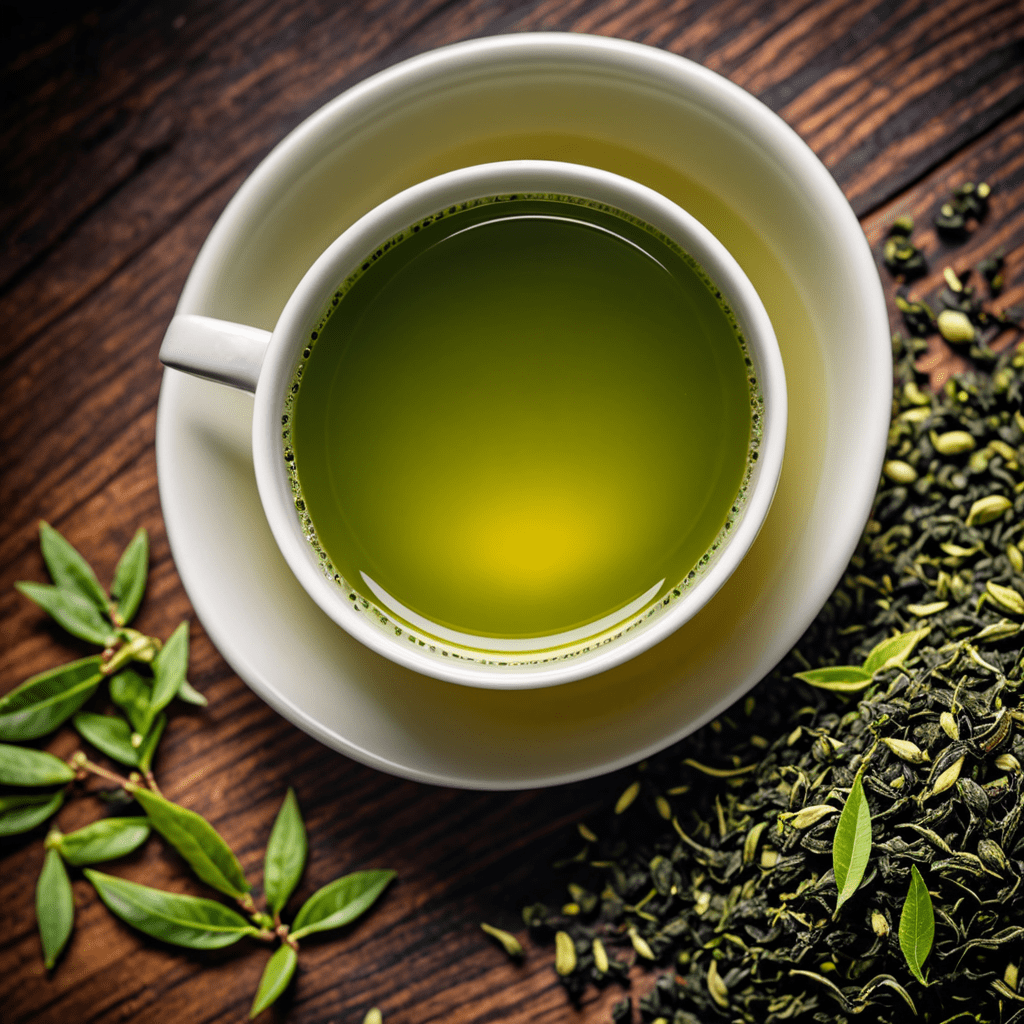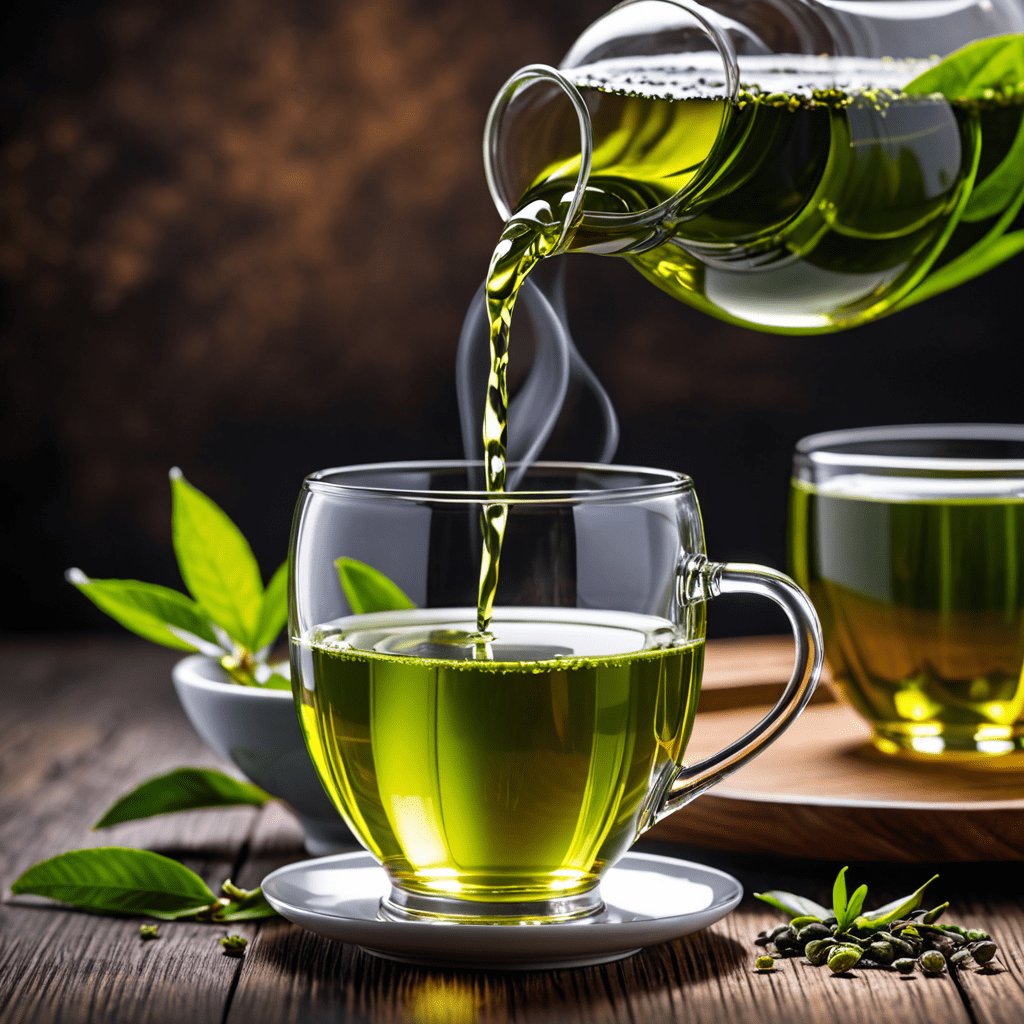Origins and History of Chinese Tea
Tea, a revered beverage with a rich tapestry of flavor and tradition, traces its roots back to ancient China. The earliest evidence of tea consumption dates back to the Shang dynasty (1600-1046 BCE), where it was used as a medicinal tonic. By the Tang dynasty (618-907), tea had become an integral part of Chinese culture, with esteemed poets and scholars penning odes to its virtues.
During the Song dynasty (960-1279), tea artistry flourished, and the art of tea preparation became a refined pursuit. The meticulous attention to detail and the pursuit of perfection in every step of the process elevated tea drinking to a form of ritualized elegance. This legacy continues to this day, as Chinese tea remains a symbol of hospitality, refinement, and cultural heritage.
Varieties of Chinese Tea Plants and Tea Leaves
The diversity of Chinese tea is a testament to the country's vast geography and rich agricultural history. There are hundreds of tea plant varieties grown in China, each with its unique characteristics and flavor profile. The most common types of tea leaves used in Chinese tea artistry include:
Green tea: Made from unoxidized leaves, green tea retains its natural verdant color and delicate, vegetal flavor. It is known for its high antioxidant content and refreshing taste.
White tea: Consisting of young, unopened tea buds, white tea undergoes minimal processing and has a light, floral flavor. It is prized for its rarity and delicate aroma.
Yellow tea: A unique type of tea, yellow tea is made from slightly oxidized leaves and has a distinctive honey-like flavor. It is known for its mellow and sweet taste.
Oolong tea: Semi-oxidized, oolong tea can range in flavor from floral and fruity to bold and roasted. It is characterized by its complex aroma and long-lasting finish.
Black tea: Fully oxidized, black tea has a rich, robust flavor and deep reddish-brown color. It is the most popular type of tea consumed worldwide and is often used in blends.
Harvesting and Processing Chinese Tea Leaves
The quality of Chinese tea leaves is determined by a combination of factors, including the tea plant variety, growing conditions, and harvesting techniques. The leaves are typically hand-picked at their peak freshness, ensuring optimal flavor and aroma.
The processing of tea leaves varies depending on the desired type of tea. For green tea, the leaves are steamed or pan-fried to prevent oxidation. White tea is simply dried to preserve its delicate flavor. Yellow tea undergoes a unique wilting process that gives it its characteristic golden color. Oolong tea is partially oxidized before being dried and roasted, while black tea is fully oxidized to develop its rich flavor.
The Art of Tea Leaf Selection
In Chinese tea artistry, the selection of tea leaves is a crucial step that sets the foundation for a perfect cup of tea. Experienced tea connoisseurs carefully examine the leaves' appearance, aroma, and texture to determine their quality and flavor profile.
The shape, size, and color of the leaves can provide insights into the tea's growing conditions and processing methods. The aroma, whether fresh and floral or earthy and roasted, hints at the tea's flavor characteristics. Finally, the texture of the leaves, whether smooth and pliable or brittle and dry, indicates the tea's age and storage conditions.
6. Traditional Chinese Tea Preparation Techniques
The art of tea preparation in Chinese culture is steeped in tradition and ritual. The goal is to extract the tea's full flavor and aroma while creating a harmonious balance of taste and aesthetics. Various techniques have evolved over centuries, each showcasing the unique nuances of different tea types.
Gongfu Cha: Literally translated as "making tea with great skill," Gongfu Cha is an elaborate tea ceremony that originated in the Song dynasty. It involves using specialized teaware, measuring precise amounts of tea leaves, and controlling the water temperature and brewing time meticulously.
Gaiwan Brewing: This method utilizes a gaiwan, a lidded bowl, to brew tea. The tea leaves are placed in the gaiwan, hot water is poured over them, and the lid is used to trap the aroma and prevent over-steeping.
Zisha Teapot Brewing: Zisha teapots are made from a porous clay that absorbs the tea's flavor over time, enhancing the taste with each subsequent use. The tea leaves are placed in the teapot, hot water is added, and the pot is left to steep for a desired period.
7. Specialized Teaware and Utensils
Chinese tea artistry requires specialized teaware and utensils that are designed to enhance the tea-drinking experience. Each tool plays a specific role in the preparation and enjoyment of tea.
Teacups: Teacups come in various shapes and sizes, with different materials such as porcelain, ceramic, or glass being used. The design of the teacup influences the aroma and taste of the tea.
Teapots: Teapots are used for brewing tea and come in a range of materials, including porcelain, Zisha clay, and glass. The shape and size of the teapot affect the brewing time and temperature.
Tea trays: Tea trays are used to hold teacups, teapots, and other utensils. They are often made of wood or bamboo and serve as a practical and decorative element.
8. Tea-Tasting Techniques and Appreciation
In Chinese tea culture, tea-tasting is an art form that involves sensory evaluation and appreciation. Experienced tea tasters use their palate, sense of smell, and visual observation to assess the tea's characteristics.
Aroma Evaluation: The aroma of tea is an important aspect of its quality. Tea tasters inhale the tea's fragrance to identify its floral, fruity, or earthy notes.
Taste Analysis: Tea tasters sip the tea and analyze its flavor profile, including bitterness, sweetness, astringency, and umami. They pay attention to the balance and complexity of the taste.
Visual Observation: The appearance of the tea leaves and brewed tea is also taken into consideration. Tea tasters examine the shape, color, and texture of the leaves, as well as the clarity and hue of the brewed tea.
9. The Cultural Significance of Tea in Chinese Society
Tea holds immense cultural significance in Chinese society and has played a vital role in its history, traditions, and social interactions. It is a symbol of hospitality, friendship, and refinement.
Tea Ceremonies: Tea ceremonies are an integral part of Chinese culture and are often performed during special occasions such as weddings, festivals, and business meetings. They involve a set of rituals and etiquette that showcase the respect and appreciation for tea.
Tea as a Social Lubricant: Tea is often served in social gatherings and plays a role in building relationships and fostering connections. It creates a relaxed and convivial atmosphere, encouraging conversation and bonding.
Tea in Chinese Medicine: In traditional Chinese medicine, tea is believed to have therapeutic properties and is used for its health benefits. Different types of tea are used to address specific ailments such as headaches, digestion issues, and stress.
10. Contemporary Innovations in Chinese Tea Artistry
While Chinese tea artistry has a rich history, it continues to evolve with modern innovations. Tea artists are experimenting with new tea-growing techniques, processing methods, and brewing styles.
Tea Cocktails: Tea is being incorporated into cocktails and mocktails, creating unique and flavorful beverages. Tea-infused syrups and liqueurs are gaining popularity among mixologists.
Tea-Based Cuisine: Chefs are exploring the use of tea in culinary creations, from tea-infused desserts to savory dishes. Tea's distinct flavors and aromas add depth and complexity to various cuisines.
Online Tea Classes: With the advent of technology, online tea classes have become popular, making it accessible for people to learn about tea-making techniques and tea appreciation from experienced professionals regardless of their location.
FAQs
What is the best type of water for brewing tea?
Spring water or filtered water with low mineral content is ideal for brewing tea as it allows the tea's flavor to shine through without alteration.How long should I steep my tea?
The steeping time depends on the type of tea and the desired strength. Green tea typically steeps for 2-3 minutes, while black tea can steep for 4-5 minutes or longer.Can I re-steep my tea leaves?
Some types of tea, such as oolong and black tea, can be re-steeped multiple times, yielding different flavor profiles with each infusion.



